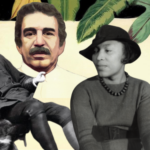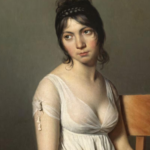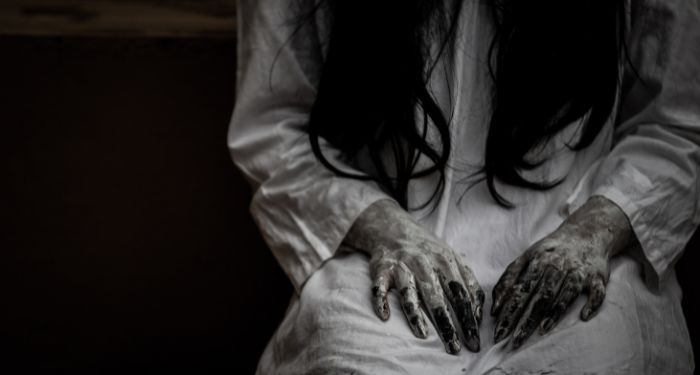
From Monsters to Mayhem: 9 Types of Horror Plots
When you boil them down to their bare bones, horror stories aren’t as varied as they may seem. I mean, all genres are like that, with building blocks at the bottom of every story. Common structures, common tropes, it’s what we recognize and love about the genres we pick up over and over again. In romance, you expect to read about the journey of two characters and their relationship. In thrillers, you expect some escalating danger that puts characters at risk. Horror is no different. There are a few different plot lines many horror novels follow, with unique scares or characters added on top to make it interesting.
Here are nine basic types of plots you’ll find in the bones of a lot of horror novels. Some novels stick to the script of just one of these while others pick and choose parts of multiple types to build a narrative entirely their own.

There’s Something Wrong With that Person
This type of plot is fairly self-explanatory: a person goes on a rampage and kills a person or people. Sometimes for a reason, sometimes just for the thrill of it. These are usually the slasher stories with tropes like “the couple that has sex dies” or the Final Girl who makes it through to the end. In movies, this type of plot includes big names like Jason, Michael Myers, and Freddy. Psycho counts. Misery counts. Saw counts.
Often, these people are inhumanely indestructible and manage to survive any number of attacks that should have killed them. The babysitter or the teenage girl is often a target, their dedication to taking her out occasionally spanning decades. A few novels that fit this type of plot include Hairspray and Switchblades by V. Castro or The Final Girl Support Group by Grady Hendrix.
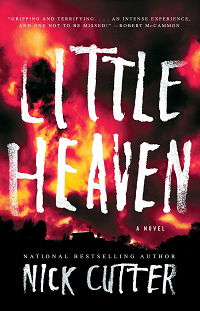
There’s Something Wrong with that Group
These plots are fairly similar to the “There’s Something Wrong with that Person” plot, only instead of having one villain to deal with, there are many. The first Scream movie, for example, features a duo of killers and Midsommar has a whole community invested in their murderous rituals. Government agencies, religious groups, or even entire societies gone wrong fit in this type of plot.
If you like this type of horror plot, try Sorrowland by Rivers Solomon or Little Heaven by Nick Cutter.
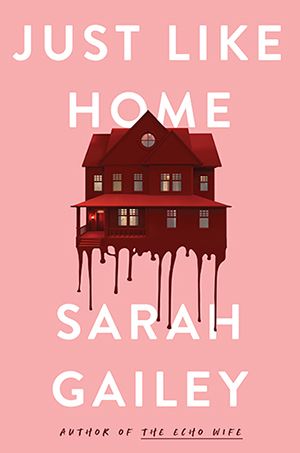
There’s Something Wrong with That Place
Sometimes, horror is tied to a place. Think IT and Derry, Maine. Think the beach in M. Night Shyamalan’s Old. Think of the many, many haunted houses people write books or make movies about. The premise is simple: whatever scary thing is happening, whether it be a haunting or a monster or an illness, is contained by a perimeter. It can be a street, a city, or one house on the block, just as long as it’s got borders of some kind keeping it in. Characters can’t be followed outside those confines, but the monster does everything it can to keep them in.
Mexican Gothic by Silvia Moreno-Garcia with High Place, the house in Just Like Home by Sarah Gailey, or The Haunting of Hill House by Shirley Jackson are all great examples.
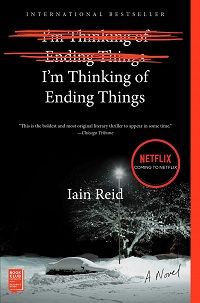
There’s Something Wrong with Me
This is type of plot encompasses a few different sub-genres: psychological horror and body horror.
In psychological horror, the main character is often questioning their own sanity, whether it be because of a traumatic event, mental stress, or because it was purposely caused by someone. With these, the scary parts boil down to how easily someone or something is able to get into a character’s head and play with their emotions or even their reality. Hannibal Lecter in The Silence of the Lambs is a great example of this. While the book does feature a serial killer, it’s really about Clarice and her relationship with the psychologist and the ways in which he can get under her, and everyone else’s, skin. I’m Thinking of Ending Things by Iain Reid and This Thing Between Us by Gus Moreno are also great examples of how psychological horror can leave even the reader questioning what really happened after all.
Then, there’s body horror. This type of plot digs into what can go wrong with the human body: the things it can grow and the ways it can break. Mutations, diseases, even possession can fit in this type of plot. Characters often discover the thing happening to their body early in the story and whatever it is progresses until they either kill the parasite or become something else entirely. The Fly, Tusk, and Human Centipede are all popular film examples. For novel examples, check out Annihilation by Jeff VenderMeer or the novella Helpmeet by Naben Ruthnum.
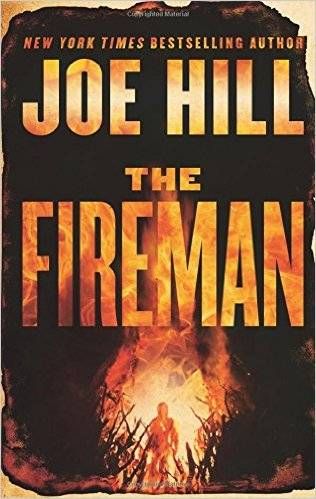
There’s Something Wrong with the World
It’s the end of the world as we know it in these horror plots. Post-apocalyptic stories, plague stories, even alien invasions fit here. An earthquake unearths aliens under the crust of the earth or a freak incident causes creatures to emerge from the water or alien parasites take over the world. Characters spend their stories reckoning with the beginning or aftermath of these events. Often these are survival stories more than they are anything else, with characters scavenging or turning to violence just to stay alive. Think the Zombieland movies, A Quiet Place, or 28 Days Later. If you like this sort of plot, try reading The Fireman by Joe Hill or Swan Song by Robert R. McCammon.
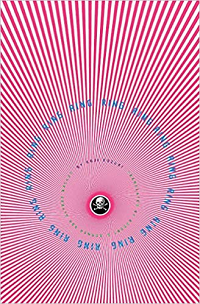
There’s Something Wrong with This Thing
Haunted dolls, genies in a bottle, and sentinel vehicles: things gone wrong. Whether it be something haunted or sentient or just plain evil, in these plots characters gain possession of or interact with a thing that sets their life on a horrible journey. Maybe they inherit a family heirloom or find something pretty at a store that soon brings something terrifying along with it. Ring by Koji Suzuki, translated by Glynne Walley and its VHS tape, and The Heirloom by Graham Masterton and its Devil’s Chair are both great examples.
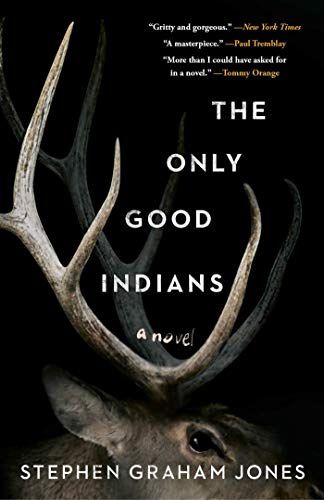
We Did Something Wrong and Now We’re Being Punished
Oh, no, it’s the consequences of our actions! These plots hinge on a group of people doing something wrong and then being haunted or hunted because of it. Usually, the person or thing pursuing them was impacted by their bad actions or is a relative of the victim out for revenge. Sometimes, this is twisted a bit by the villain picking targets they think did something wrong, whether that’s the truth or not. The Only Good Indians by Stephen Graham Jones features a group of men who killed a herd of elk on forbidden land and, years later are under attack by something or someone out for revenge. There’s Someone Inside Your House by Stephanie Perkins is a great YA example in which a group of teenagers, all with their secrets and their pasts, are picked off one by one.
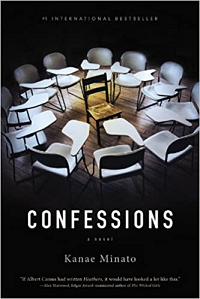
Someone Wronged Me and Now I’m Out for Revenge
This type of plot is sort of similar to the last, but with a different perspective. The main character is typically the one spilling blood because they’ve been wronged in some way. Maybe they were abandoned, betrayed, or almost killed by someone and want to get them back. Maybe they lost a family member, a loved one, or a friend and want retribution. Like in Promising Young Woman, the justice system or other authority figures fail to follow through, leaving the characters with few other options. Usually, the reader is rooting for them to get their target in these because their back story is so compelling. Carrie by Stephen King is a classic in the revenge-horror genre, as is Confessions by Kanae Minato, translated by Stephen Snyder.
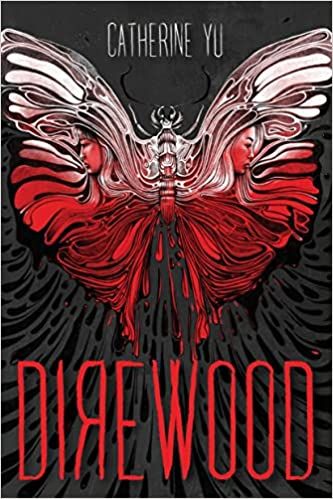
There’s Something Supernatural Happening
Ghosts, werewolves, and vampires, oh my! Here are the monsters and the mayhem we all know and love. Plots like this can be summed up by the words “encounters with the supernatural.” Sometimes you get the perspective of the supernatural being, whether it be a newly created werewolf learning to adapt or a one-hundred-year-old vampire falling in love. Other times you get the perspective of a human, discovering and interacting with the supernatural for the first time. Some newer examples include Direwood by Catherine Yu and Nothing but Blackened Teeth by Cassandra Chaw.
Want to read about other types of plots? Check out these 8 kinds of murder mystery plots or these 10 types of crime plots.






